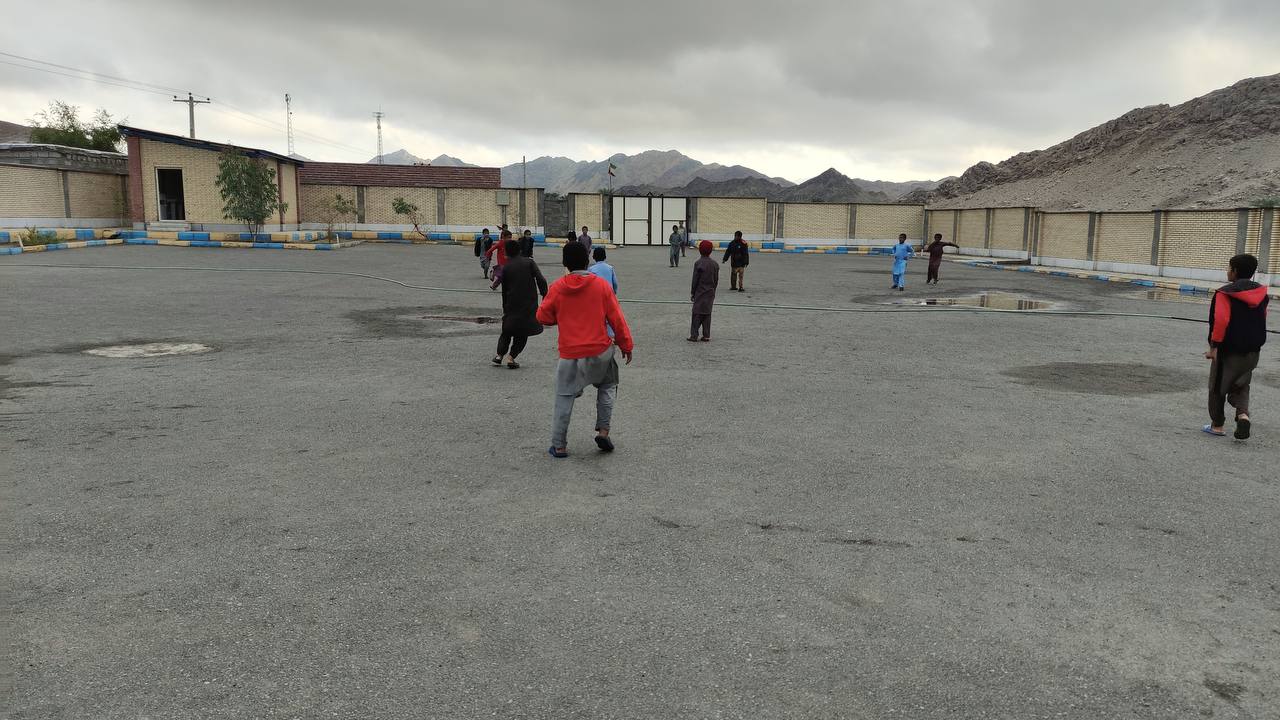The alarming increase in student dropout rates in Iran during the last years, underscores a pressing need for immediate intervention. As families face the relentless burden of economic hardship, their children educational journeys are further complicated by the lack of financial supports. This concerning trend not only robs these young individuals of their potential but also poses a formidable threat to the sustenance and progress of future generations.
To this end, Niiky Foundation has initiated “Nourishing the Future” campaign, aimed at providing crucial support for nutritious school meals in the most underserved regions of Iran. Ensuring that our children receive nutritious meals at school is not just about meeting their immediate dietary needs; it’s also a fundamental commitment to securing their future. It’s a vital investment in their physical and mental well-being as they prepare to shape the world of tomorrow.
South of Kerman
In the heart of southeastern Iran lies the province of Kerman, a land of diverse cultures, historical significance, and natural beauty. While Kerman has much to offer, it also faces many concerning challenges, particularly in underrepresented regions in the Rameshk (رمشک) rural district. Many children living in the villages in the southern region of Kerman face severe educational disparities. These inequalities are most evident in the educational opportunities available to them, with significant discrepancies within the Rameshk and between urban and rural areas. Considering the escalating trend of students dropping out of schools in recent years, particularly in underprivileged areas of the southern region of Kerman and inspired by the results of our previous food campaign, the Niiky Foundation has embarked on another fundraising initiative.

Trough the valuable support of our local partners and in collaboration with school officials, Niiky Foundation targeted the following centers as being the most critically in need. (i) five schools situated in the rural areas of the Rameshk, benefiting a total of 246 students, including both girls and boys; (ii) a dormitory complex that serves as the residence for 158 students from diverse rural regions. The detailed campaign proposal is available here.




